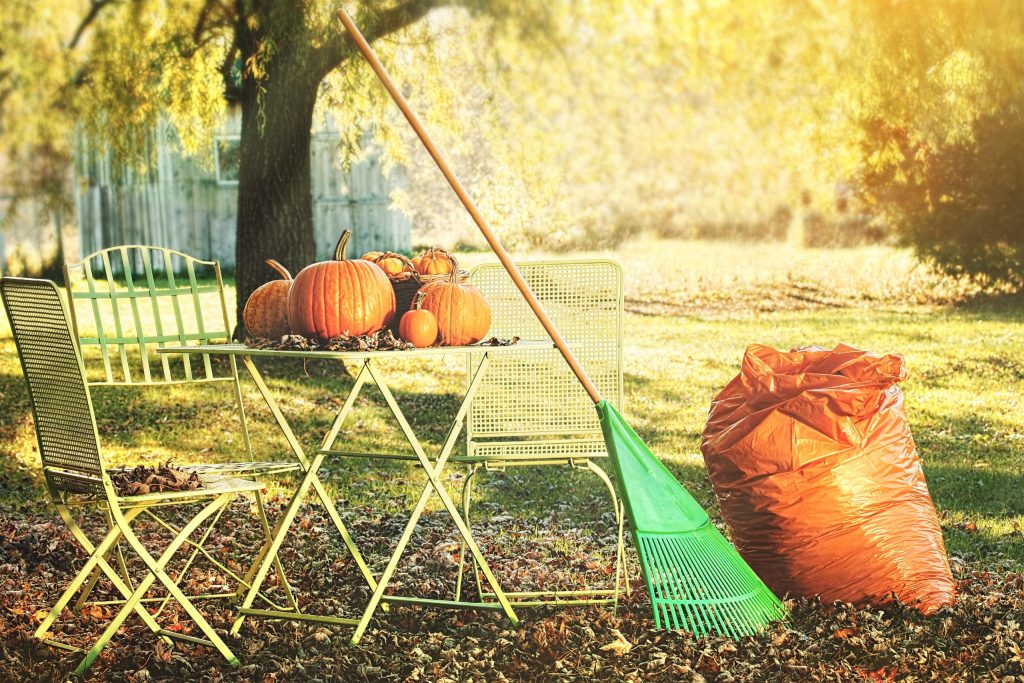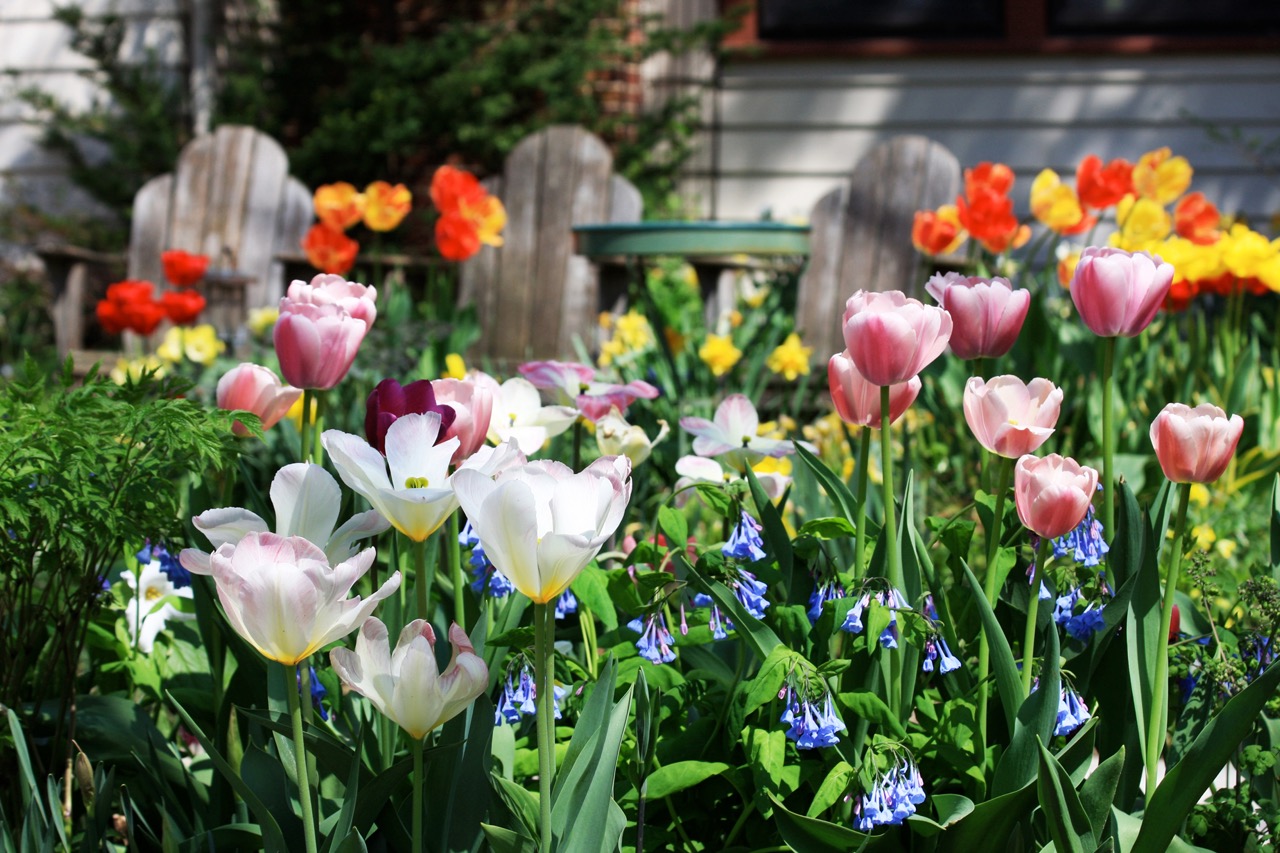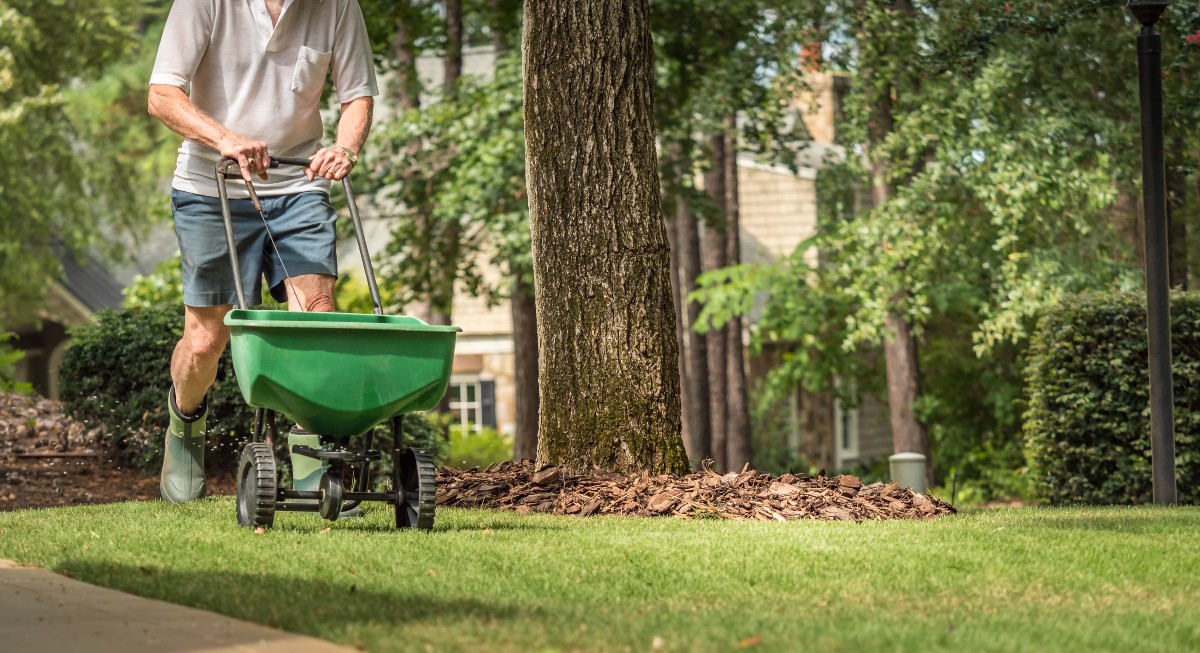We’ve already gotten a few early tastes of winter weather this season. While (almost) no one loves November snow, hopefully it served as an important reminder to you: It’s time to winterize your lawn!
Although the hardy, cold-season grasses that make up much of the local landscape are well equipped to survive the harsh Michigan winters, a little extra preparation can help your lawn stay healthy and rebound quickly next spring!
Here’s your fall to-do list:
Rake Those Leaves
Raking is hard work, especially if you have a lot of lovely deciduous trees overhanging your property. But it’s also necessary work. (This is the price you pay for all that summer shade and fall colors; we think it’s worth the cost!)
Heavy leaf cover over your lawn blocks light and air from grasses that need them, and may even provide safe harbor for pests and disease.
Last month’s blog has a lot of great information about raking—including why it’s important, how often you should do it, and how much leaf cover is “acceptable”—so definitely check it out if you’d like more information.
One Last Cut
In terms of blade length, ideally, you want your lawn grasses to be right around the 2-inch “sweet spot” before winter.
Cutting too short risks exposing the most sensitive parts of the grass to extreme cold and weather damage. However, grass that is left too long is more likely to develop diseases such as snow mold.
A couple of extra things to note here. One is that grass tends to stop growing once daytime highs fail to crack 50 degrees Fahrenheit—so in other words, we’re probably already there.
The second is that cutting too much grass at a time can damage your lawn. The rule of thumb is that you should never cut more than one third of the blade in a single mow. So if you’ve really let your lawn grow long this summer, you may need to mow a few times to gradually reduce the blade height to the 2-inch sweet spot. Hopefully the snow and frost hold off long enough for you to do so!
Do not mow if there is already frost on the ground.
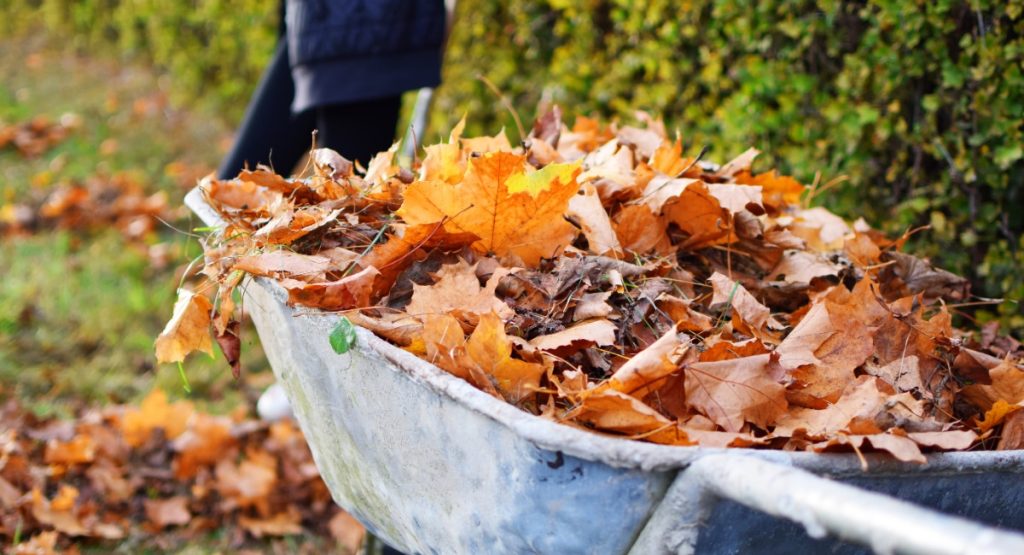
Stop Watering
During the fall season, you should gradually dial back on watering your lawn during dry spells up until the point that the ground freezes. (The root systems continue to grow during the transition period before winter fully arrives, even though blade height may not increase.) Once the ground does freeze, watering is not only unnecessary but pointless—it can no longer reach the roots.
That said, one inch of water per week is plenty for fall in Michigan, and overwatering can cause severe problems (like fungal diseases). A lot of the time the rain will do the work for you, but keep an eye on the weather. If it’s still fairly warm and dry, you may need to do a little supplemental watering here and there, especially any areas that have been overseeded.
Now, a word about in-ground sprinkling systems. If you have one, truth be told, you probably should have shut it down a month or two ago, for two reasons.
One is that lawns need a lot less water during the fall, and those using “set and forget” irrigation systems are much more likely to lead to overwatering if they’re still running late into the fall season. By October, you should generally be switching from a regular watering schedule to an “only when necessary” schedule.
The other is that winter temperatures can cause significant damage to your sprinkling system if it hasn’t been properly shut off and winterized before the freeze.
We strongly recommend you consult your owner’s manual or contact an irrigation system specialist to shut down your system as soon as possible, if you haven’t already. (This is not a service that Bosch’s provides.)
Weed Control
We’ll keep this one short and simple. Make sure you do at least one thorough weeding session before your lawn becomes blanketed in snow.
Once winter hits, weeding will become, for obvious reasons, very difficult and very unpleasant. So getting to it now, while you still have a little bit of heat and sunlight, can make a huge difference by the time spring hits.
Aerate and Fertilize
Mid-to-late fall is a great time to fertilize your lawn if you live in Michigan—especially if you’re only fertilizing once per year.
Fertilizing in fall helps your grass recover from the stress of summer heat, gain strength and stamina to hold it through the long winter, and develop healthy roots that will help it to rebound and thrive again in early spring. Think of it this way: your lawn is about to hibernate, so you should make sure it gets a good meal beforehand!
At the same time, aerating your lawn makes your soil more able to receive the necessary nutrients from the fertilizer, as well as oxygen and water. However, if you haven’t already aerated, it’s probably a little too late to start this season—ideally you would do this in early fall, when the grass still has at least a few weeks of growing time left.
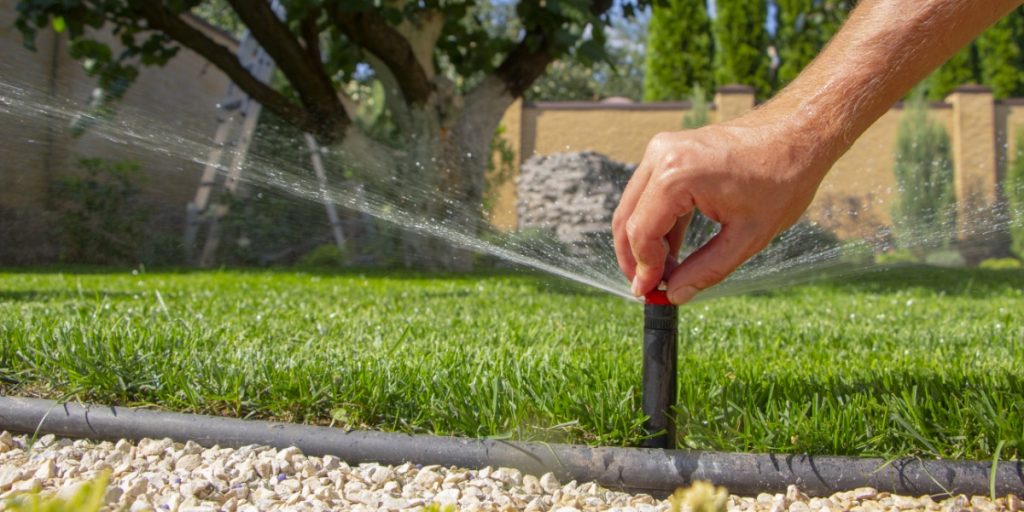
Call Bosch’s!
At Bosch’s, we provide a comprehensive variety of lawn care services all year long, from aeration and fertilization to mowing, weeding, cleanup, and more.
So if you find yourself too overwhelmed by your lawn’s seasonal needs—and aren’t keeping up as well as you know you should—give us a call today. We’d be happy to talk with you about a lawn maintenance plan moving forward!
Just give us a call today at (616) 399-6861, or reach out online to request a free estimate.

